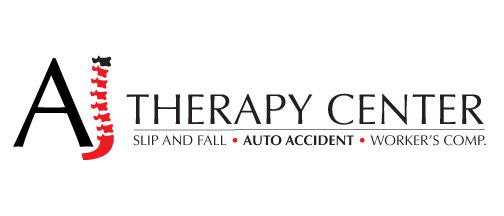Your body is made up of many joints from your knees and elbows to your fingers and toes. Many people have the ability to bend these joints beyond the norm and have a condition known as joint hypermobility.
You’ve likely met or seen people with hyperextended joints and didn’t realize it. The condition is also called double jointed by many people. People often do it to “gross” people out in school and show off their unique abilities.
Learn all about this complex condition and how it impacts your body over time. It’s not all fun and games when it comes to loose ligaments.
What Are Hyperextended Joints?
Joints on the human body have a clinically accepted normal range of motion. If a person is able to extend their joint further than that normal range, then they have hyperextended joints.
It could be arms that go beyond straight, legs that bow backward or fingers that extend further than 90 degrees.
Most of the time, the hyperextension is painless, which is often why people do it for fun when they’re children. As people get older or even when they are children, using the joints in an activity or sport can lead to soreness and inflammation.
Children with loose joints often do well in gymnastics and other sports that require elevated flexibility.
Diagnose and Treatment of Hypermobile Joints
If you’re experiencing pain in your joints after exercising, etc., then contact your doctor. He’ll perform tests to confirm the problem is hypermobile joints. He’ll extend the impacted joints to visually confirm the issue and may follow up with X-Rays or other tests to verify the joint structure.
There are no medications available to treat joint pain. The best remedy is to strengthen the muscles around the joint. This is why the issues often resolve themselves in children because the muscles strengthen naturally as they get older.
Also, stop any activities if you notice swelling or pain in your joints to keep from aggravating it.
Problems Stemming from Loose Joints
While many people go their whole lives without any issues, there are some that can develop medical issues connected with their hypermobile joints. The symptoms of sore joints often look like that of arthritis.
It’s important the doctor knows of your condition and doesn’t misdiagnose it as arthritis. People with hyperextended knees may require a brace or even surgery to fuse the joint if the extension continues to go further as time goes on.
Increased weight or extended use over time may weaken the muscles further and lead to the joint bowing back further.
People with shoulder and kneecap loose joints may wear down the cartilage or cause damage by dislocating the joints.
This is why it’s important to contact a doctor immediately if your joints become sore after exercise or other activities and get physical therapy.
Loose Joints Are Perfectly Normal
Hyperextended joints are perfectly normal, especially in childhood, so don’t worry about having it. It should only be a concern if you notice pain or swelling in the areas.
If you would like to learn more about loose joints or physical therapy, then explore our site.

